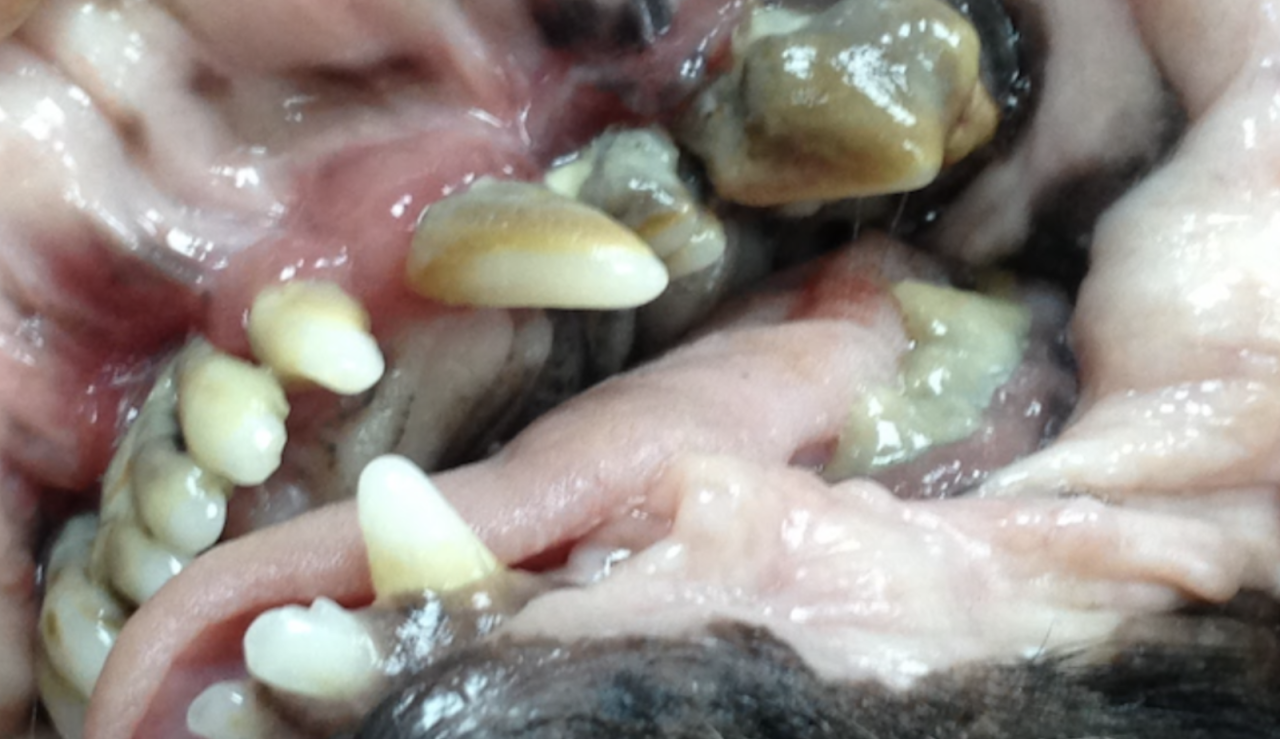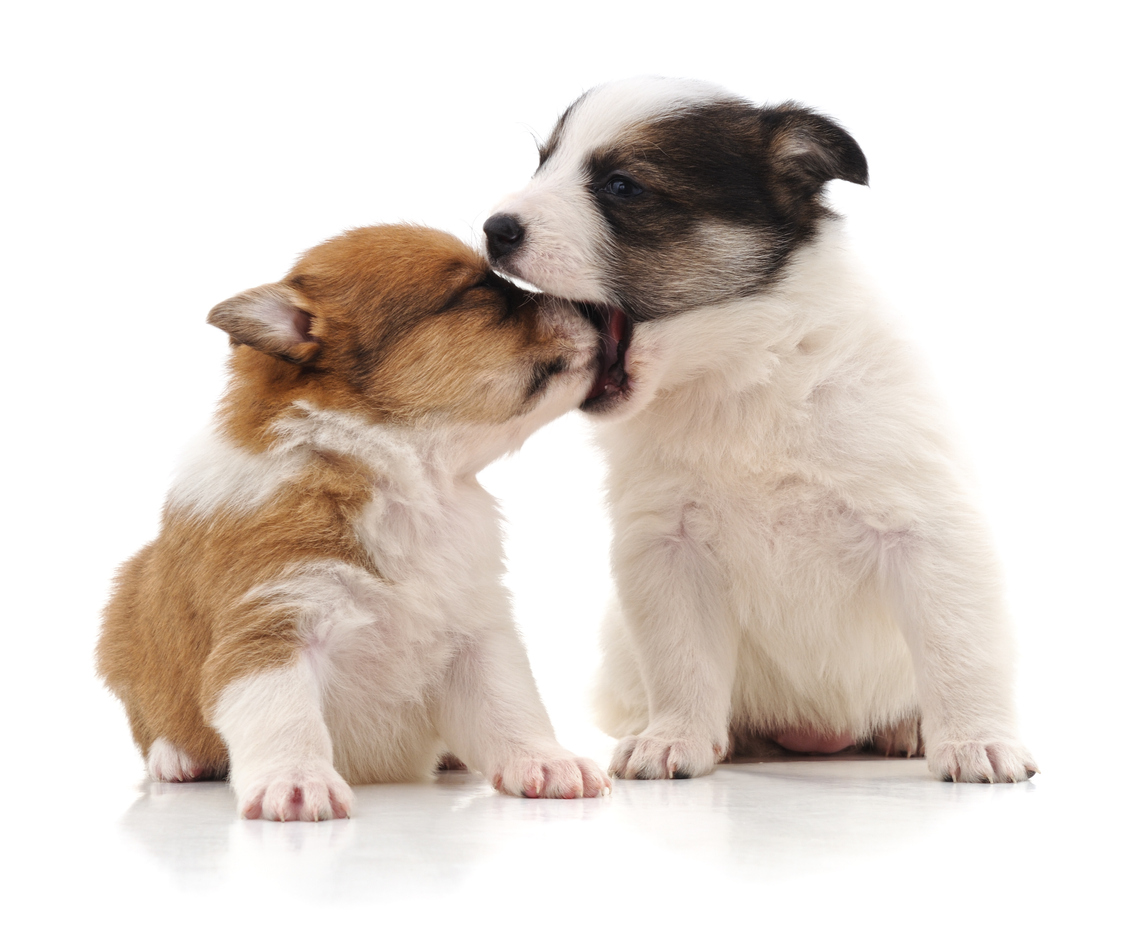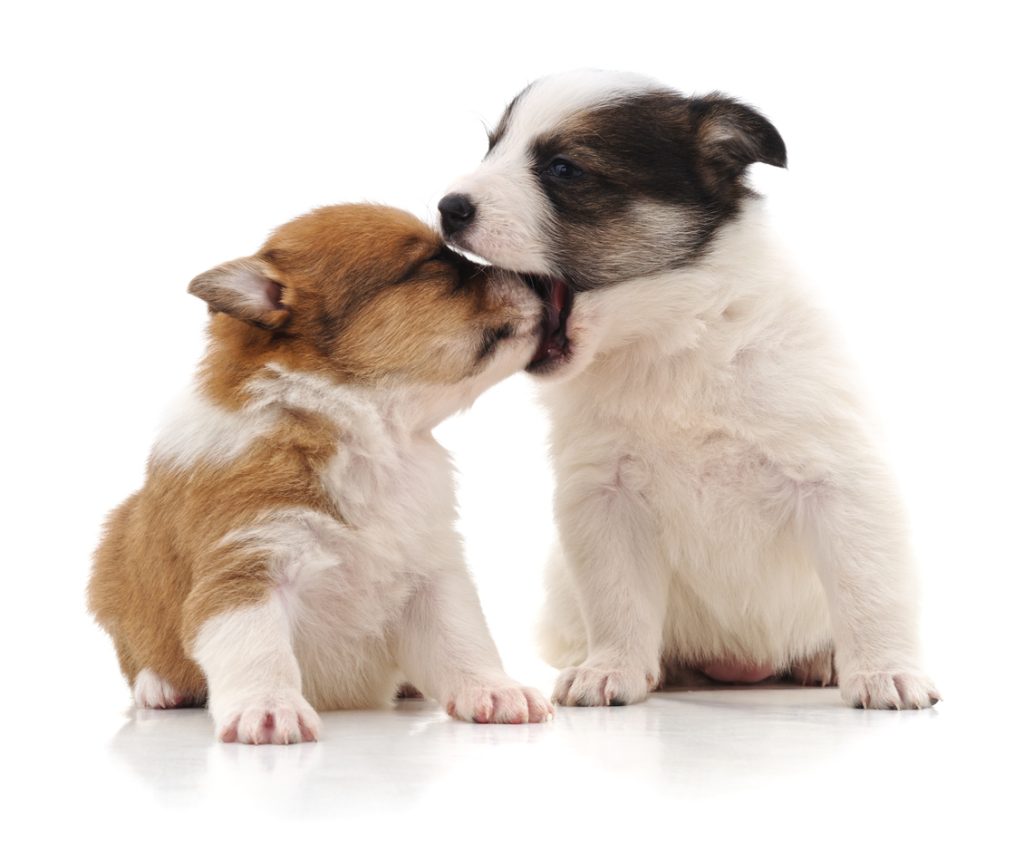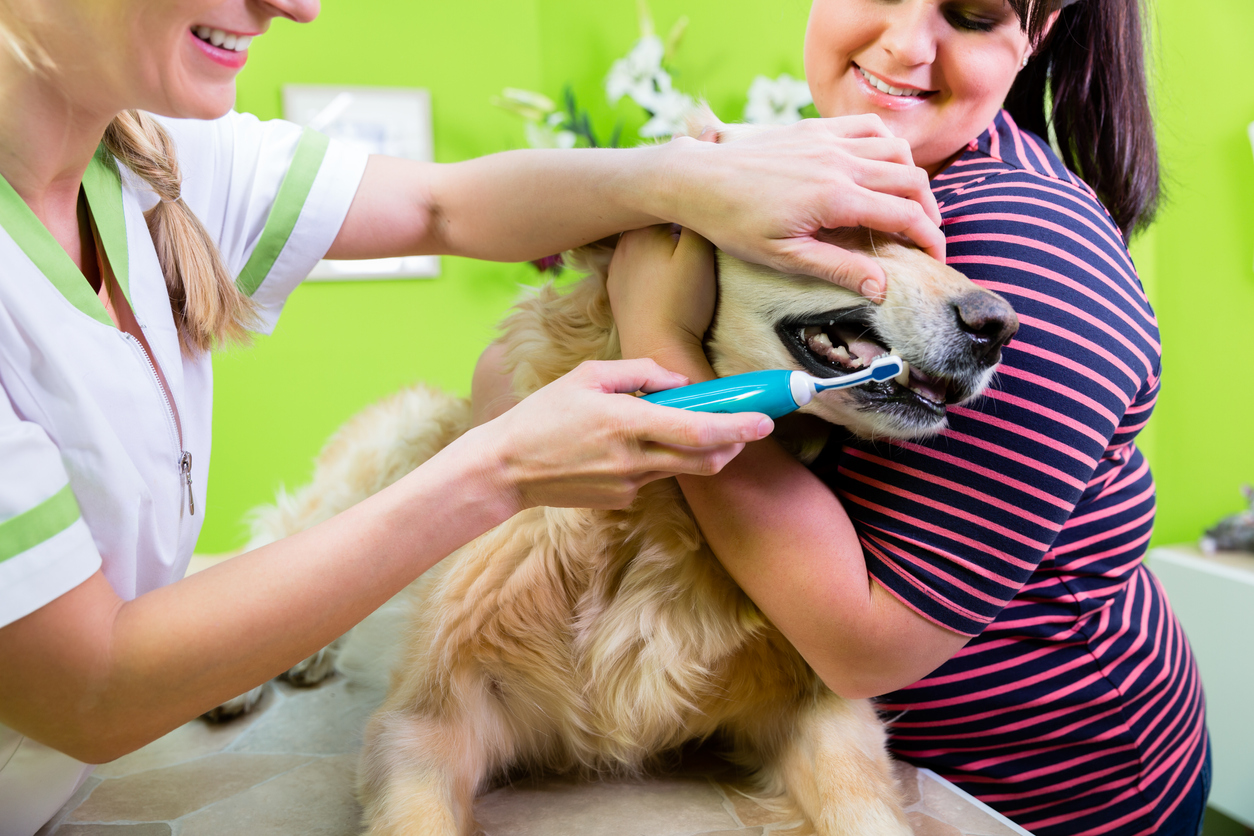We all love it when our dog wants to show some affection. They trot towards you, big happy eyes, ready for a hug, and then it happens. They breathe near your face and you smell what can best be described as hot garbage. Suddenly you wonder how such a cute thing can have such a terrible aura!
What causes bad breath
Bad breath or bad breath is a very common complaint among many dog owners. The most common cause is periodontal disease, which affects the gums and the bones around the teeth. A recent study showed that about 93% of dogs over the age of 3 have some form of periodontal disease.
It all starts when oral bacteria attach to the dog’s teeth and form a film called plaque. When plaque stays for more than a few days, it mineralizes and is now called tartar or tartar. Sorry if you just had a terrible flashback on high school math class. The longer plaque and calculus adhere to the teeth, the more times the gums become inflamed until gingivitis appears.
Untreated gingivitis may progress to a more severe form called periodontitis. With periodontitis, some bacteria begin to produce hydrogen sulfide, which can lead to bone loss and an unpleasant odor.

There are many other causes of bad breath, including: gastrointestinal disorders; Eat smelly foods (after all, how good is your breath after eating something like anchovies?) ; coprophagia, that is, when they eat poop; pyoderma of the labial fold, a skin infection that produces pus; Non-periodontal oral diseases; Abnormal tissue growth, oral foreign body; and oral trauma such as open fractures.
How can I treat bad breath?
Halitosis is easily diagnosed by smelling the dog’s breath, and treatment depends on the cause. As we have already mentioned, the most common cause is periodontal disease, and it is crucial to understand that periodontal disease is painful. Gingivitis and calculus should be professionally cleaned and polished by a veterinarian. Unfortunately, tooth extraction may also be required in some cases. After teeth are cleaned and polished, plaque and tartar can quickly accumulate, so follow-up oral hygiene treatment is necessary.
We also recommend brushing your teeth daily with a suitable toothpaste. Just like us, it’s a great exercise and it’s never too late to start. There are plenty of other dental chews and products that can help, so talk to your veterinarian. While small amounts of fresh mint can also be beneficial, don’t use real mints on your dog. They often contain xylitol and other potentially toxic ingredients.

So what else can you do? Polyphenol-rich foods, such as blueberries and brown algae, can be great natural breath fresheners. Stay’s fresh recipes are rich in these healthy ingredients and are very effective for both you and your dog. Beef recipes also contain celery, another way to improve your tone.
Taking care of their oral and dental health is essential for good breathing. Keeping canine teeth (and all other teeth) clean can prevent pain and expensive surgery. It’s something you can both smile at.

